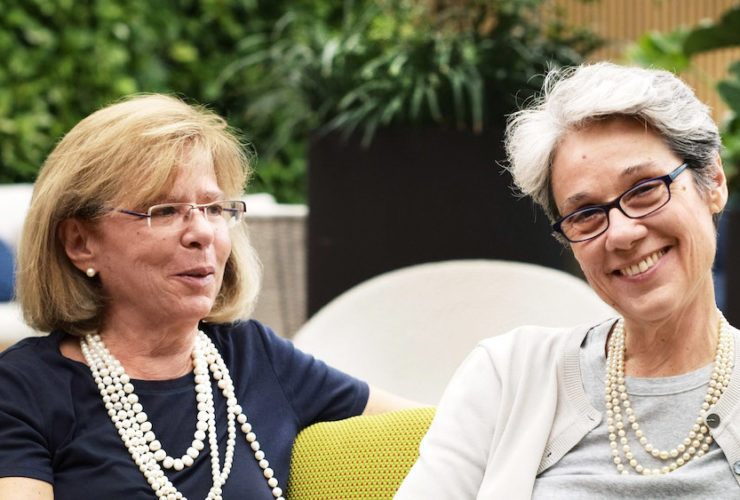There is no doubt that at the age of just 49, Carlo Ratti is already one of the most respected Italian engineers and architects in the world. The brain behind the Carlo Ratti Associati studio, which is headquartered in his hometown of Turin with other offices in both the US and the UK, his boundless curiosity and thirst for innovation have won him awards and plaudits across the globe. It is no coincidence that he is also the only designer whose work has twice made it on to Time Magazine’s “Best Inventions of the Year” list: firstly in 2007 with the Digital Water Pavilion for Expo 2008 in Zaragoza and secondly in 2014, with the Copenhagen Wheel which can be fitted to any bike to make it smart.
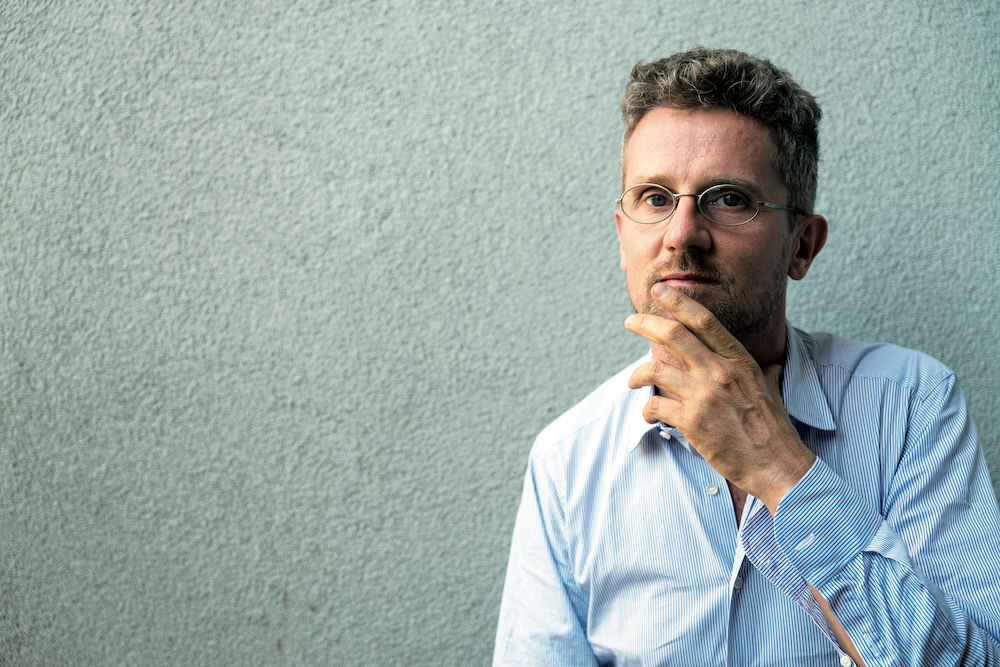
Ratti’s greatest passion has always been investigating the impact of digital technologies on architecture, planning and design. A fascination he shares with his students at the Massachusetts Institute of Technology in Boston where he heads the MIT Senseable City Lab.

“Architecture has always absorbed the technological transformations of its time and in recent years the internet has become such a large part of our lives that it has taken on concrete form in the Internet of Things,” Ratti tells us. “Architecture in that sense can become a ‘third skin’, capable of feeling and manifesting the transformation of space and the way we interact with it”.

This innovation will continue to evolve and become increasingly assimilated until a new era opens for architecture: the era of calm technology or Calmtech, the term coined by computer scientist Mark Weiser.
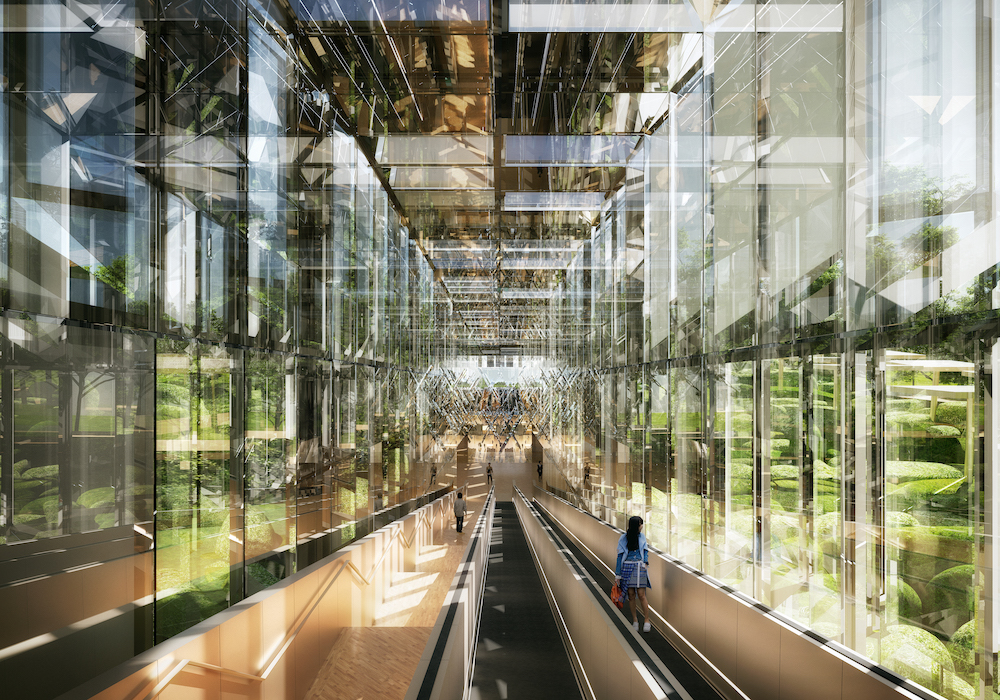
A time when technology is so rooted in the space we inhabit that it recedes into the background of our lives as an omnipresent but discreet element. When he tackles these subjects, the head of the MIT Senseable City Lab can’t avoid talking about sensing and actuation in terms of urban architecture i.e. that the latter is capable of sensing and responding instantly to citizens and their requirements.

“We need to look on the information from the sensors not as merely numerical data but as inputs we can use to create new paradigms that will transform space of all scales, be it in a home or aboard a yacht. One of our latest projects is a very simple example. We turned an existing building in Turin into a modern office to house the headquarters of the Fondazione Agnelli. There workers can interact with sensors to personalise their preferences in everything from temperature to humidity levels, creating a dynamic microclimate inside the building”.
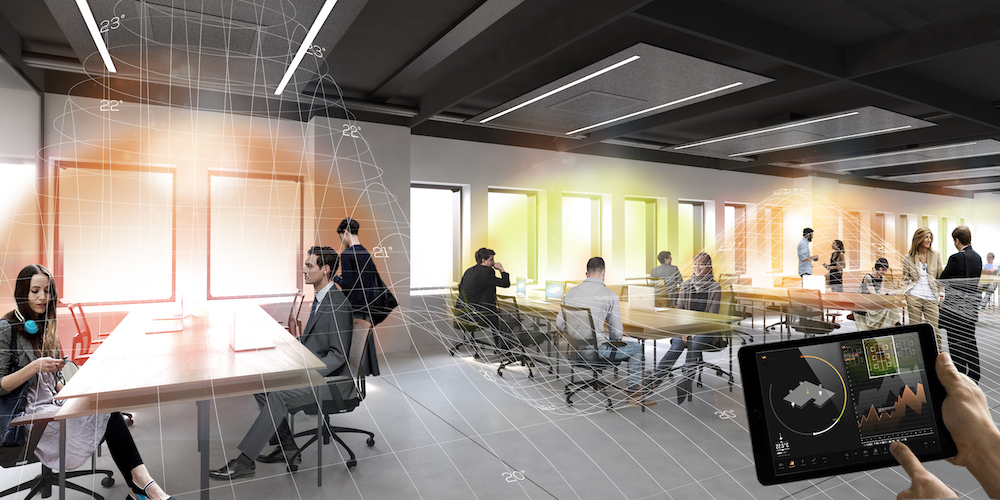
But that is just the start: “In MIT, however, we are working on Roboat, an autonomous boat capable of ticking several boxes: from transport on canals in Amsterdam to food delivery, canal tours and even garbage collection.
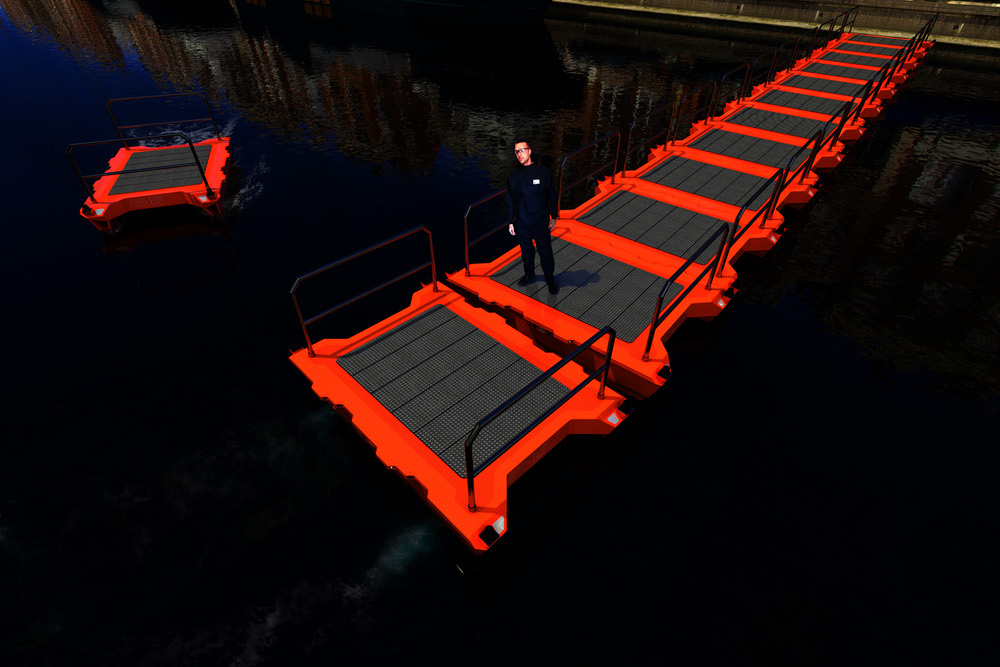
Roboat’s intelligence is based on its ability to collect data from the surrounding environment. Roboat also allowed us imagine a sort of dynamic bridge that leaves the canal free for other craft to pass through and minimises the impact a static bridge would have. We have called it RoundAround”.
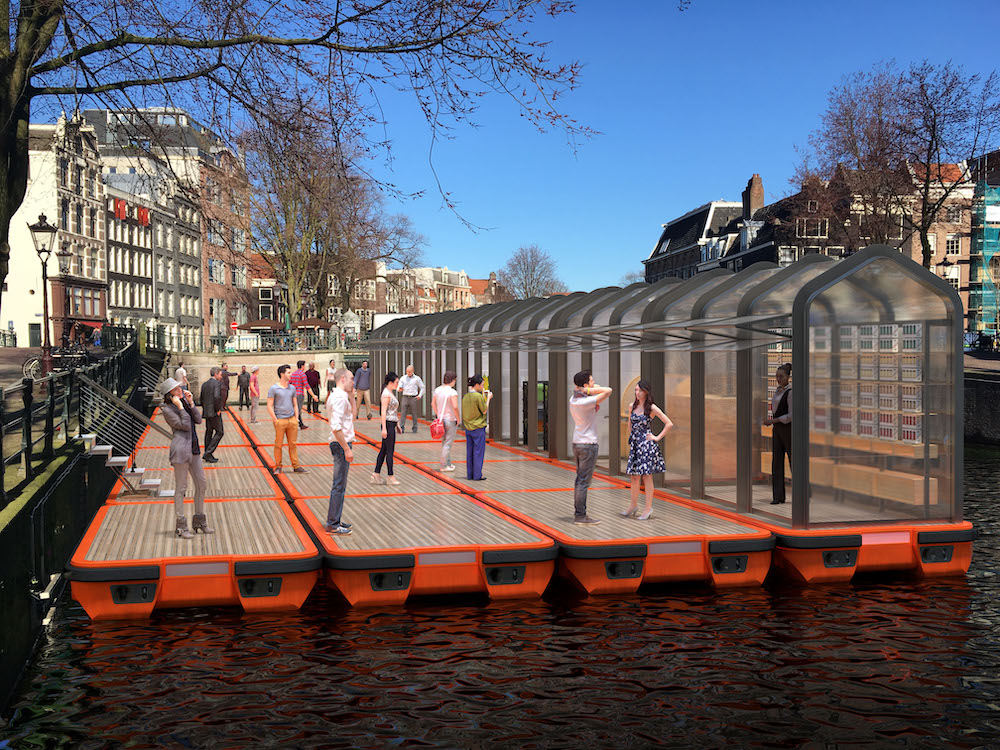
Ratti has also always been fascinated by water and everything connected to it. He likes to think of boats as innovative living units: “By their nature, yachts demand design in quite limited spaces. The fact that they are also a static structure in movement adds another layer of complexity. It is really a fantastic challenge for any designer or an architect”.
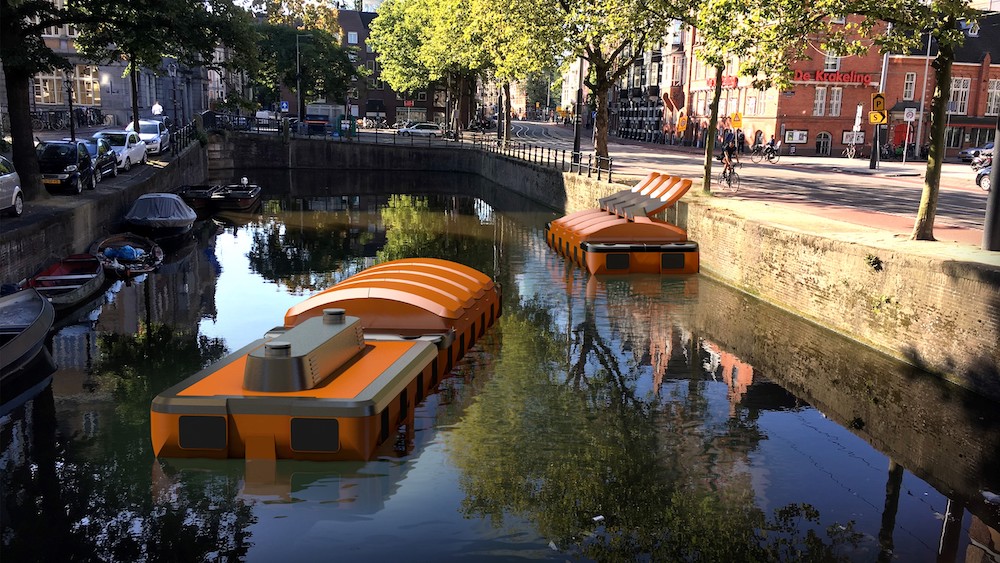
Water was the protagonist of Ratti’s Digital Water Pavilion for Expo 2008 in Zaragoza. “The project grew out of observing water as a changing element that is also by unstoppable by its very nature,” he tell us. “We asked ourselves what would happen if we used water for the most static of architectural elements – walls.
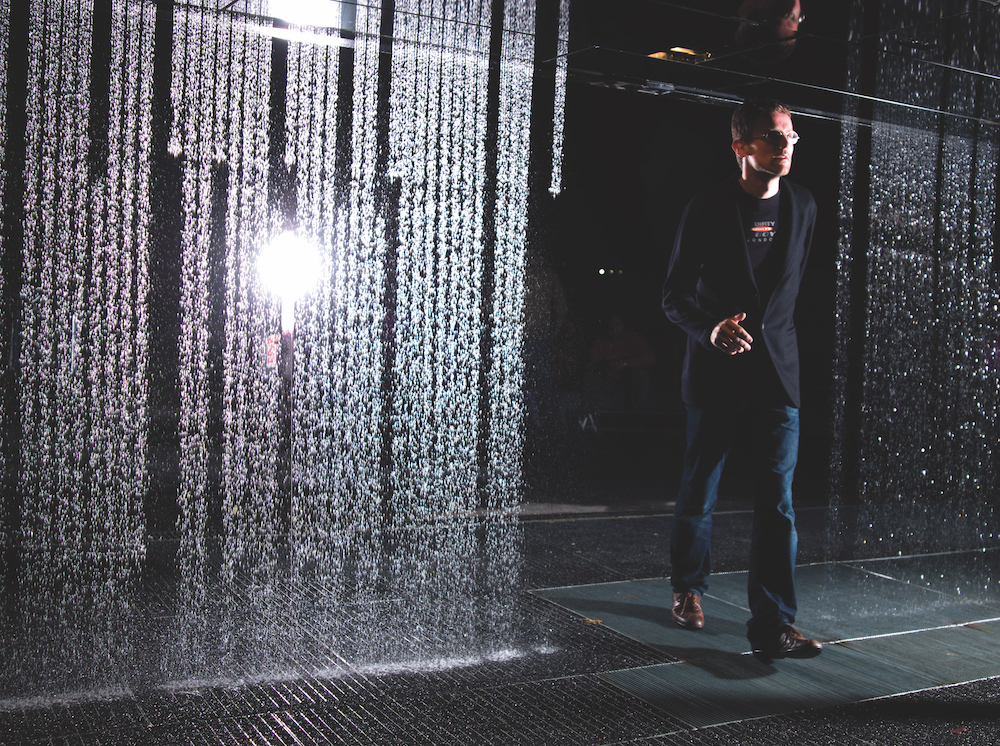
This contrast produced an unusual result: falling water can be programmed to take on different shapes, create letters, symbols or motifs. The aim was to demonstrate that architecture, nature and tecyhnology can enter into dialogue yet retain their own identities”.

After his dazzling successes at Zaragoza and Expo Milano 2015, where he created the Future Food District, what does the future hold for the man named as one of the 50 people who will change the world by Wired magazine’s Smart List? The 2019 Shenzhen Biennale of Urbanism\Architecture (UABB) opened at the end of December with Ratti co-curating with the Turin Politecnico and SCUT– South China-Torino Collaboration
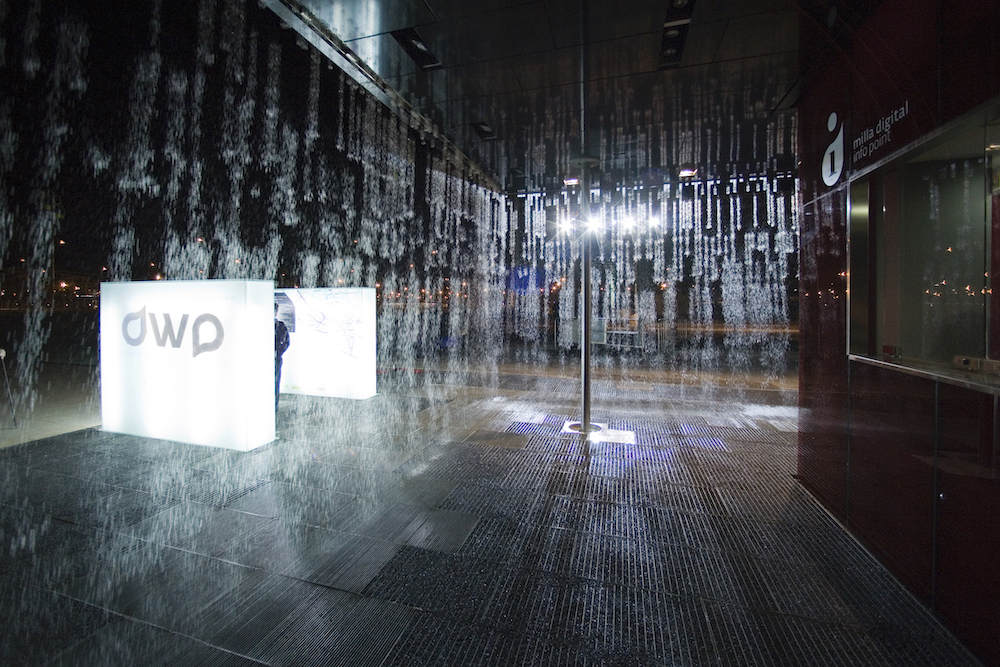
. “This is the first biennale ever to focus on themes relating to how AI in our cities is allowing the urban landscape to see and react to our presence,” he says. “The curatorial team’s aim was to spark a reflection on the type of city we really want to build tomorrow, with a platform open to students and professionals from all over the world. It may have started today, but also aims to be a discussion platform for the future”.
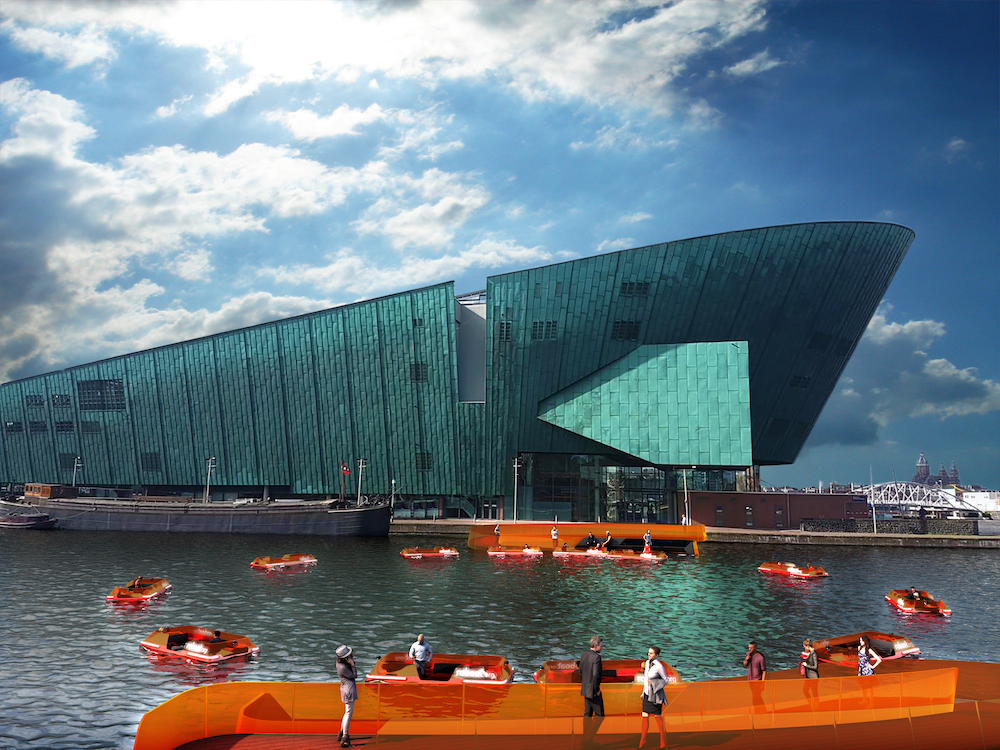
A future that Carlo Ratti firmly believes is up to all of us to imagine as he makes the social scientist Herbert Simon’s definition of design his own: “Science studies the world as it is, design as it could be”.






